 Por: Chad M Cannon, Phillip Levy, Brigitte M Baumann, Pierre Borczuk, Abhinav Chandra, David M Cline, Deborah B Diercks, Brian Hiestand, Amy Hsu, Preeti Jois, Brian Kaminski, Richard M Nowak, Jon W Schrock, Joseph Varon y W Frank Peacock. BMJ Open 2013;3:e002338 doi.
Por: Chad M Cannon, Phillip Levy, Brigitte M Baumann, Pierre Borczuk, Abhinav Chandra, David M Cline, Deborah B Diercks, Brian Hiestand, Amy Hsu, Preeti Jois, Brian Kaminski, Richard M Nowak, Jon W Schrock, Joseph Varon y W Frank Peacock. BMJ Open 2013;3:e002338 doi.
To compare the efficacy of Food and Drug Administration recommended dosing of nicardipine versus labetalol for the management of hypertensive patients with signs and/or symptoms (S/S) suggestive of end-organ damage (EOD). Design Secondary analysis of the multicentre prospective, randomised CLUE trial. In the setting of hypertension with suspected EOD, patients treated with nicardipine are more likely to reach prespecified SBP targets within 30 min than patients receiving labetalol. [Actualizado: 11 de junio de 2013].
 Por: Chad M Cannon, Phillip Levy, Brigitte M Baumann, Pierre Borczuk, Abhinav Chandra, David M Cline, Deborah B Diercks, Brian Hiestand, Amy Hsu, Preeti Jois, Brian Kaminski, Richard M Nowak, Jon W Schrock, Joseph Varon y W Frank Peacock. BMJ Open 2013;3:e002338 doi:10.1136/bmjopen-2012-002338.
Por: Chad M Cannon, Phillip Levy, Brigitte M Baumann, Pierre Borczuk, Abhinav Chandra, David M Cline, Deborah B Diercks, Brian Hiestand, Amy Hsu, Preeti Jois, Brian Kaminski, Richard M Nowak, Jon W Schrock, Joseph Varon y W Frank Peacock. BMJ Open 2013;3:e002338 doi:10.1136/bmjopen-2012-002338.
Systemic hypertension is a common medical condition affecting over 75 million Americans and over 1 billion people worldwide. Currently, it is estimated that 1–2% of patients with hypertension will have a hypertensive emergency during their life. Defined by the presence of acute end-organ dysfunction, hypertensive emergencies are high risk, associated with in-hospital and 30-day death rates of 2–3% and 11%, respectively, and a 90-day re-admission rate of nearly 40%. Rapid recognition, evaluation and treatment of hypertensive emergencies are necessary to prevent permanent or progressive end-organ damage (EOD). [Actualizado: 25 de abril 2013]
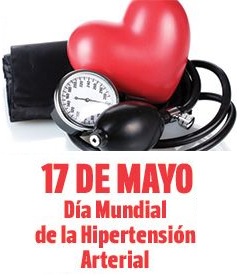
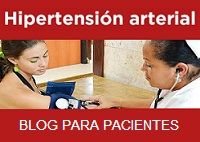


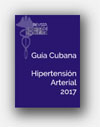
![Glosario: hipertensión [Hipertensión arterial en la atención primaria de salud. 2009]](http://temas.sld.cu/hipertension/files/2016/04/Glosario-e1541006177950.jpg)
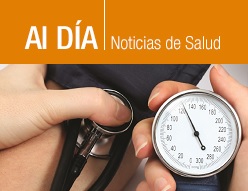
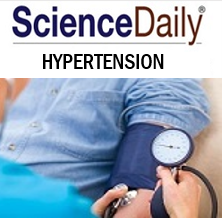

Comentarios recientes